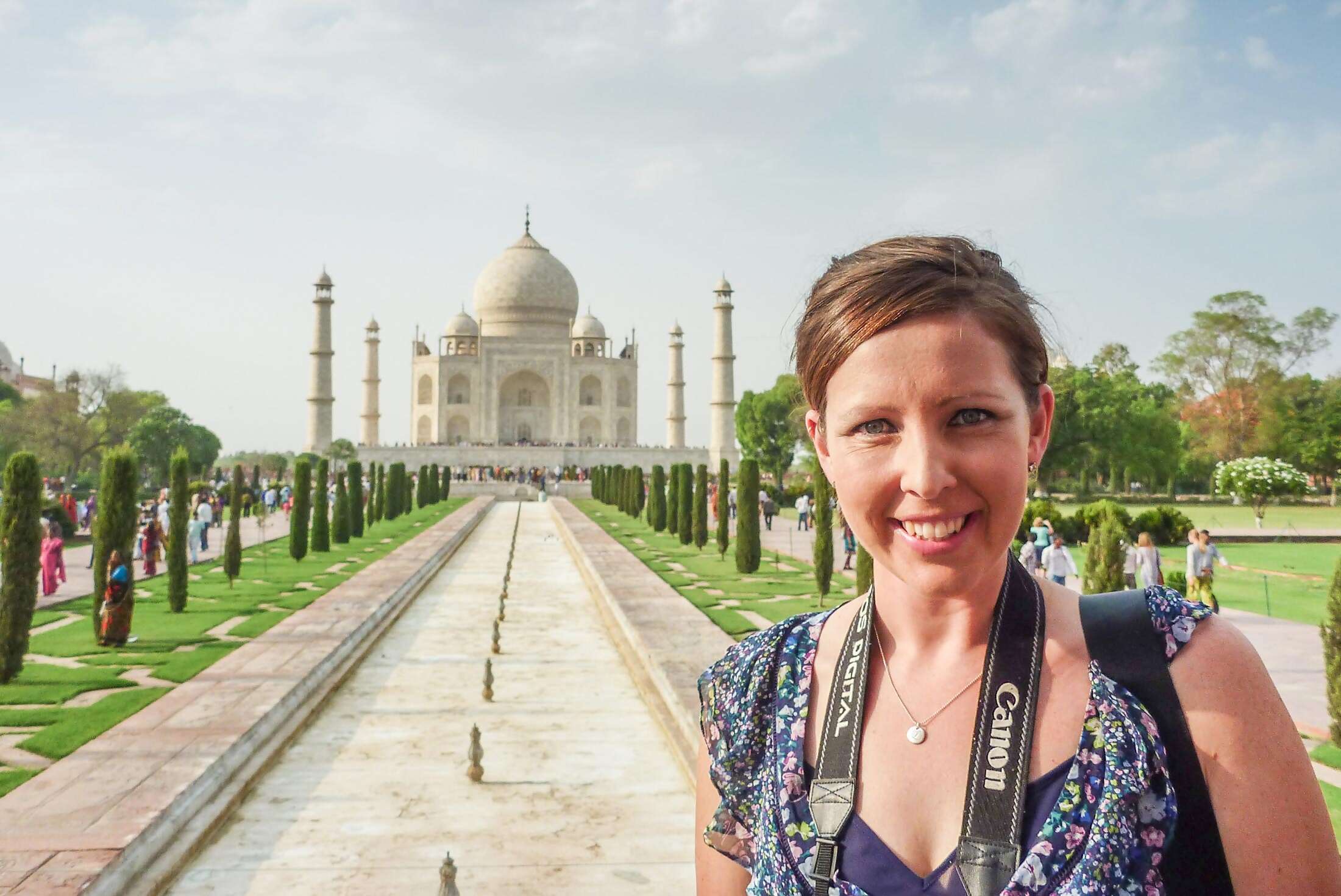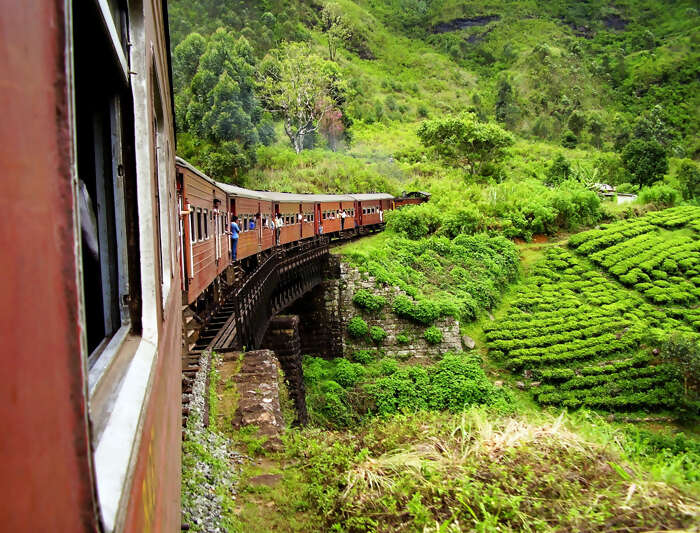 Travel across this huge country on this trailblazing adventure tour. In the north witness pilgrims performing ancient ceremonies on the ghats of Varanasi and marvel at the iconic Taj Mahal in Agra. Down south, bask in the tropical southern climate, cruise along the Kerala Backwaters and come face-to-face with local customs in small rural towns. This fantastic trip finishes off on the gorgeous beaches of Goa – India's idyllic beachside holiday destination. Enjoy the freedom to be immersed in the diverse cultures of big, colourful, chaotic and enchanting India.
Travel across this huge country on this trailblazing adventure tour. In the north witness pilgrims performing ancient ceremonies on the ghats of Varanasi and marvel at the iconic Taj Mahal in Agra. Down south, bask in the tropical southern climate, cruise along the Kerala Backwaters and come face-to-face with local customs in small rural towns. This fantastic trip finishes off on the gorgeous beaches of Goa – India's idyllic beachside holiday destination. Enjoy the freedom to be immersed in the diverse cultures of big, colourful, chaotic and enchanting India.Highlights
Experience old and new India in the bustling streets of Delhi, where ancient temples stand against billboards advertising Bollywood films.
Discover the ancient forts, lake palaces, rural villages and colourful cities of Rajasthan.
The Taj Mahal in Agra may be one of the most recognisable buildings in the world, but its poetic history and beauty have the power to surprise even the most jaded travellers.
Varanasi is among the holiest cities in India. Climb to hilltop temples at sunrise, dodge cows in the street, and observe pilgrims praying and bathing along the ghats of the sacred Ganges River during an impossibly scenic sunrise boat cruise.
Explore the beautiful south of India, getting elbows-deep in authentic southern Indian cuisine.
A homestay with a local family is a special experience, especially in the serene backwaters of Kerala.
Visit the World Heritage-listed Virupaksha Temple in Hampi, a spectacular monument surrounded by ruins
Golden beaches and age-old fishing villages make Goa one of India’s most tranquil retreats – and the perfect last stop on your adventure.









- You will visit the following places:
-

Varanasi
Varanasi is a historical city in northern Indian state of Uttar Pradesh. Once known as Benares or Banaras and Kashi, the city is sacred to Hindus and Jains and also one of the oldest continuously inhabited cities in the world, with settlements dating back to the 11th century BC. Many Hindus believe that dying in Varanasi brings salvation/nirvana and so they make the trip to the city when they realize that they are close to death. For some, the culture shock of the burning corpses in plain view and the feces overflowing from the Ganges can be a bit overwhelming. However, the scene of pilgrims doing their devotions in the River Ganga at sunrise set against the backdrop of the centuries old temples is probably one of the most impressive sights in the world.
-

Agra
Agra is a city on the banks of the river Yamuna in the northern state of Uttar Pradesh, India. It is located at the banks of river Yamuna, 363 kilometres (226 mi) west of state capital, Lucknow and 200 kilometres (124 mi) south from national capital New Delhi. With a population of 1,686,976 (2010 est.), it is one of the most populous cities in Uttar Pradesh and the 19th most populous in India. Because 80 percent of the city's sewage flows into Yamuna River, it is 20th most polluted city in India. The city is a major tourist destination because of its many splendid Mughal-era buildings, most notably the Tāj Mahal, Agra Fort and Fatehpūr Sikrī, all three of which are UNESCO World Heritage Sites. Agra is included on the Golden Triangle tourist circuit, along with Delhi and Jaipur. The city has little else to recommend it. Pollution, especially smog and litter, is rampant and travellers are pestered by swarms of touts and hawkers at every monument, mosque, temple or palace. That said, the sites are some of the wonders of the world and no trip to India is complete without at least one visit to the Taj!
-

Jaipur
Jaipur is the capital and largest city of the Indian state of Rajasthan in Northern India. It was founded on 18 November 1727 by Maharaja Jai Singh II, the ruler of Amer after whom the city is named. As of 2011, the city has a population of 3.1 million, making it the tenth most populous city in the country. Jaipur is also known as the Pink City of India. Located 260 km from the Indian capital New Delhi, Jaipur forms a part of the Golden Triangle tourist circuit along with Agra (240 km). Jaipur is also a popular tourist destination in India and serves as a gateway to other tourist destinations in Rajasthan such as Jodhpur (348 km), Jaisalmer (571 km) and Udaipur (421 km).
-

Goa
Goa is a state in western India with coastlines stretching along the Arabian Sea. A former Portuguese colony with a rich history, the state has a unique mix of Indian and Portuguese cultures and architecture that attracts an estimated 2.5 million visitors each year (including about 400,000 foreign tourists). Since the 1960s, Goa has been attracting a steady flow of visitors - first the hippies and returning expatriate Goans, then the charter tourists (starting with the Germans in 1987), pilgrims visiting Catholic and Hindu shrines, those opting to settle in Goa as their home, people going for medical treatment, and a growing number of those who attend seminars and conferences in Goa.